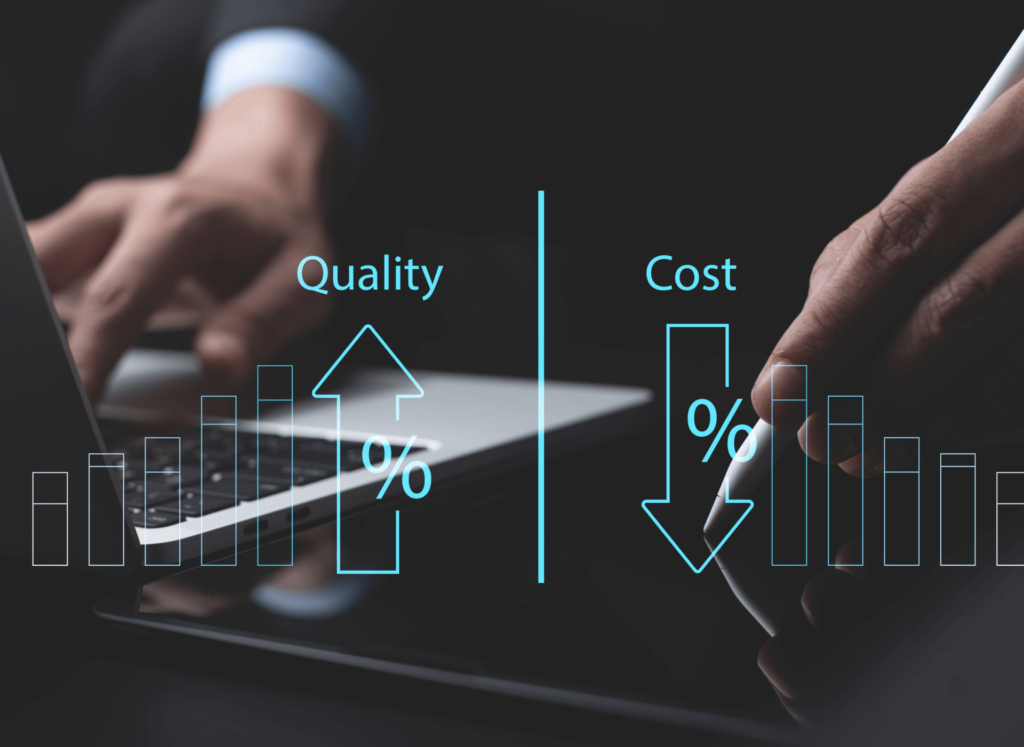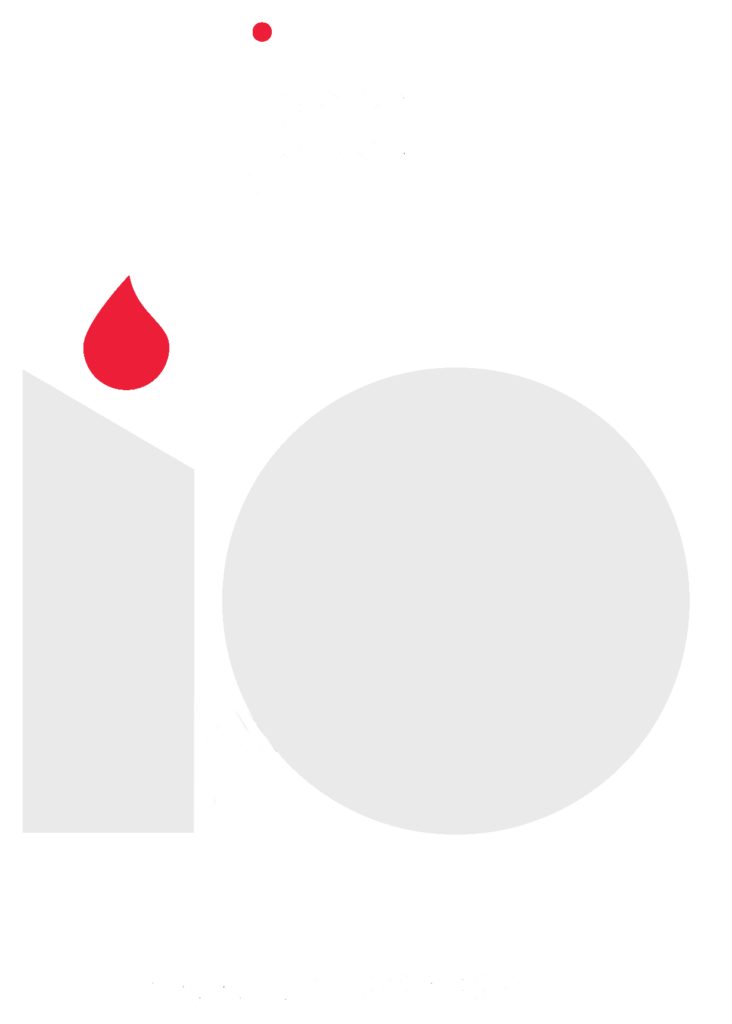
Performance Marketing: Why More Clients Choose Agencies That Master It
Performance Marketing: Why More Clients Choose Agencies That Master It

Javier Colombani
Digital Strategist
Merging his background in science with a Master's in Digital Marketing and E-commerce, our Digital Strategist skillfully navigates the multifaceted world of online platforms. His expertise, enhanced by the entrepreneurial skills he developed while running his own streetwear jewelry store, empowers him to craft and execute impactful strategies across various verticals like fashion, solar, and auto. Javier thrives on transforming digital strategies into client breakthroughs, a passion that's matched only by his love for 5v5 soccer games in his free time.
Hidden Talent: Racing digital horses

Ah, performance marketing. The phrase that’s been thrown around so much it’s almost lost its meaning. Yet, here we are, watching clients line up, not because of the hype, but because it actually delivers—real, measurable results.
But here’s the kicker: performance marketing is as complex as it is effective. It’s not just about throwing money at ads and hoping for the best. No, it’s about precision, strategy, and a relentless focus on outcomes. And trust me, the results speak for themselves.
So, let’s dive into this performance marketing rabbit hole and uncover why it’s turning heads and winning clients.

What Is Performance Marketing?
Simply put, performance marketing is all about results. Forget the fluffy brand campaigns that make you feel warm and fuzzy inside but leave you scratching your head when it comes to ROI. Performance marketing demands tangible outcomes – sales, leads, conversions. The focus is on achieving specific goals and delivering measurable outcomes.
It’s a bit like paying for your dinner only if you actually enjoy the meal. Clients love it because it minimizes financial risk and maximizes their return on investment. And who doesn’t want that?
Results-Driven Focus
Performance marketing is all about those sweet, sweet numbers. Sales, leads, conversions – if it can be measured, it can be optimized. This focus on measurable outcomes makes performance marketing incredibly attractive to clients who are tired of throwing money into the black hole of traditional advertising.
Imagine a world where every penny spent on marketing can be directly tied to a result. That’s the promise of performance marketing. It’s like having a magic wand that turns marketing spend into actual, trackable outcomes. Clients can finally see the direct impact of their investments and make data-driven decisions to keep improving their strategies.

Cost Efficiency
Now, let’s talk money. One of the biggest perks of performance marketing is its cost-effectiveness. Unlike traditional methods where you pay upfront for ad space with no guarantees, performance marketing focuses on achieving specific, measurable results like clicks, leads, or sales. This approach minimizes financial risk and allows clients to allocate their budgets more efficiently.
Picture this: instead of splurging on a massive campaign that might flop, you can spend smartly, knowing that every dollar is working towards a specific goal. It’s marketing with a safety net, and it’s no wonder clients are jumping on board.
Advanced Analytics and Optimization
Here’s where things get really interesting. Performance marketing agencies are like data wizards, wielding advanced analytics and optimization techniques to constantly fine-tune campaigns. With real-time data at their fingertips, they can make swift adjustments, ensuring that marketing efforts are always on point.
Think of it as having a GPS for your marketing journey. You’re not just blindly following a map; you’re getting real-time updates, avoiding traffic jams, and taking the fastest route to your destination. It’s this ability to adapt and optimize that sets performance marketing apart.
Imagine a world where every penny spent on marketing can be directly tied to a result. That’s the promise of performance marketing. It’s like having a magic wand that turns marketing spend into actual, trackable outcomes. Clients can finally see the direct impact of their investments and make data-driven decisions to keep improving their strategies.
Multi-Channel Expertise
Performance marketing isn’t confined to one platform or channel. Oh no, it’s a multi-channel beast. Whether it’s search engine marketing, social media, native advertising, or affiliate marketing, performance marketing agencies have the expertise to navigate them all. But it doesn’t stop there. These agencies also know how to integrate offline advertising with their digital strategies, creating a seamless and cohesive campaign that leverages the strengths of both worlds.
Think of it this way: offline advertising, like TV spots or print ads, can create broad awareness and drive traffic to digital channels. Performance marketing agencies can then capture this traffic online, tracking interactions and conversions with pinpoint accuracy. This multi-channel approach ensures that clients reach their target audiences through multiple touchpoints, increasing the chances of successful conversions. It’s like casting a wide net while still having the precision of a sniper. The best of both worlds.
Why Clients Choose Performance Marketing
So, why are more clients choosing agencies that master performance marketing? It boils down to a few key reasons:
- Tangible Results: Clients want to see clear, measurable outcomes from their marketing spend.
- Cost Efficiency: Performance marketing minimizes financial risk by tying spending directly to results.
- Advanced Optimization: Real-time data and analytics allow for constant optimization and improvement.
- Multi-Channel Reach: Expertise across various digital channels and the ability to integrate offline advertising increases the chances of successful conversions.
In a world where marketing dollars need to stretch further and work harder, performance marketing is the answer. It’s not just about being clever with ads; it’s about being smart with strategies, data, and budgets. And as more clients discover the benefits, it’s clear why performance marketing is becoming the go-to choice for those who demand results.
So, next time you’re looking to invest in marketing, ask yourself this: do you want fluff, or do you want results? If it’s the latter, you know where to turn.








